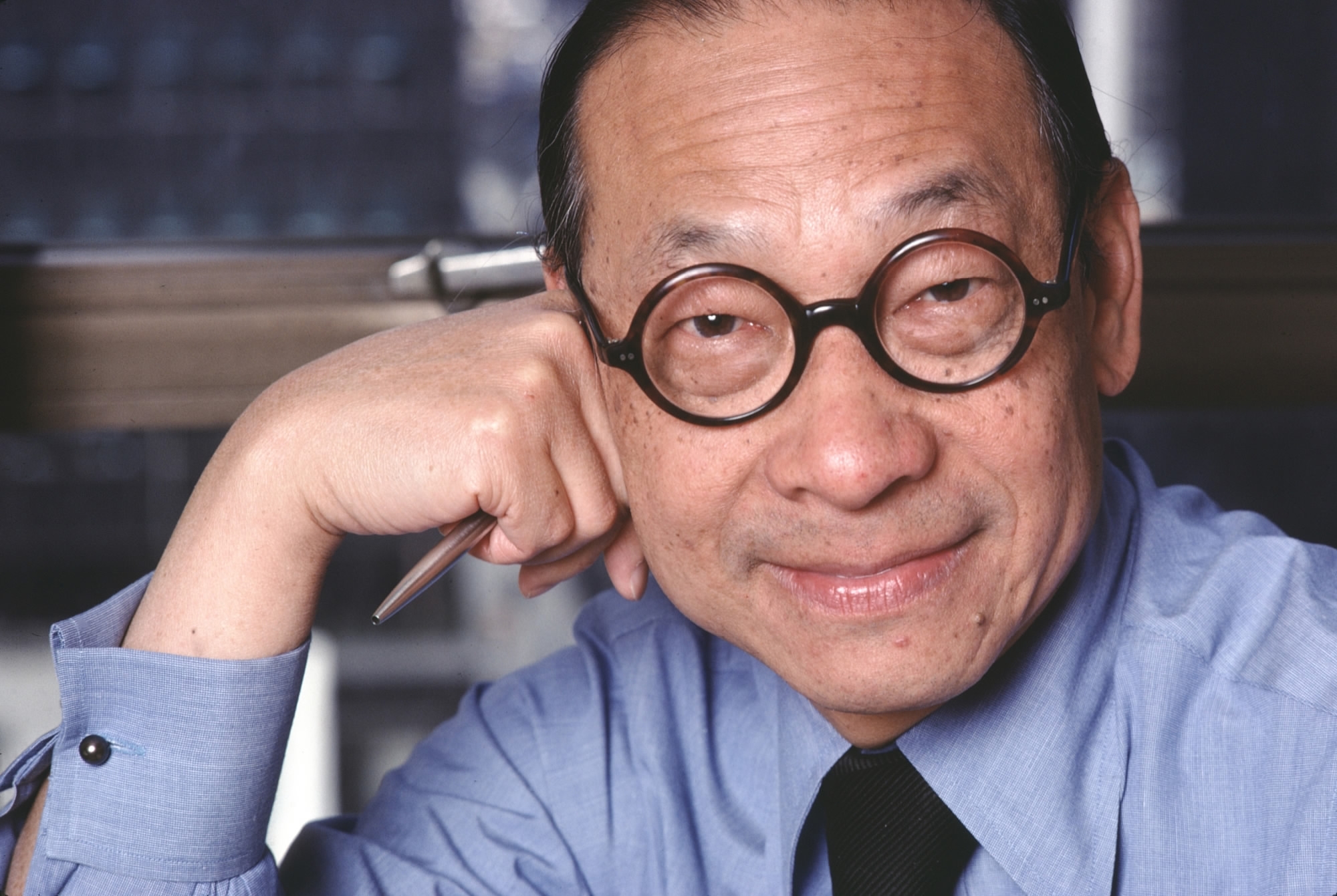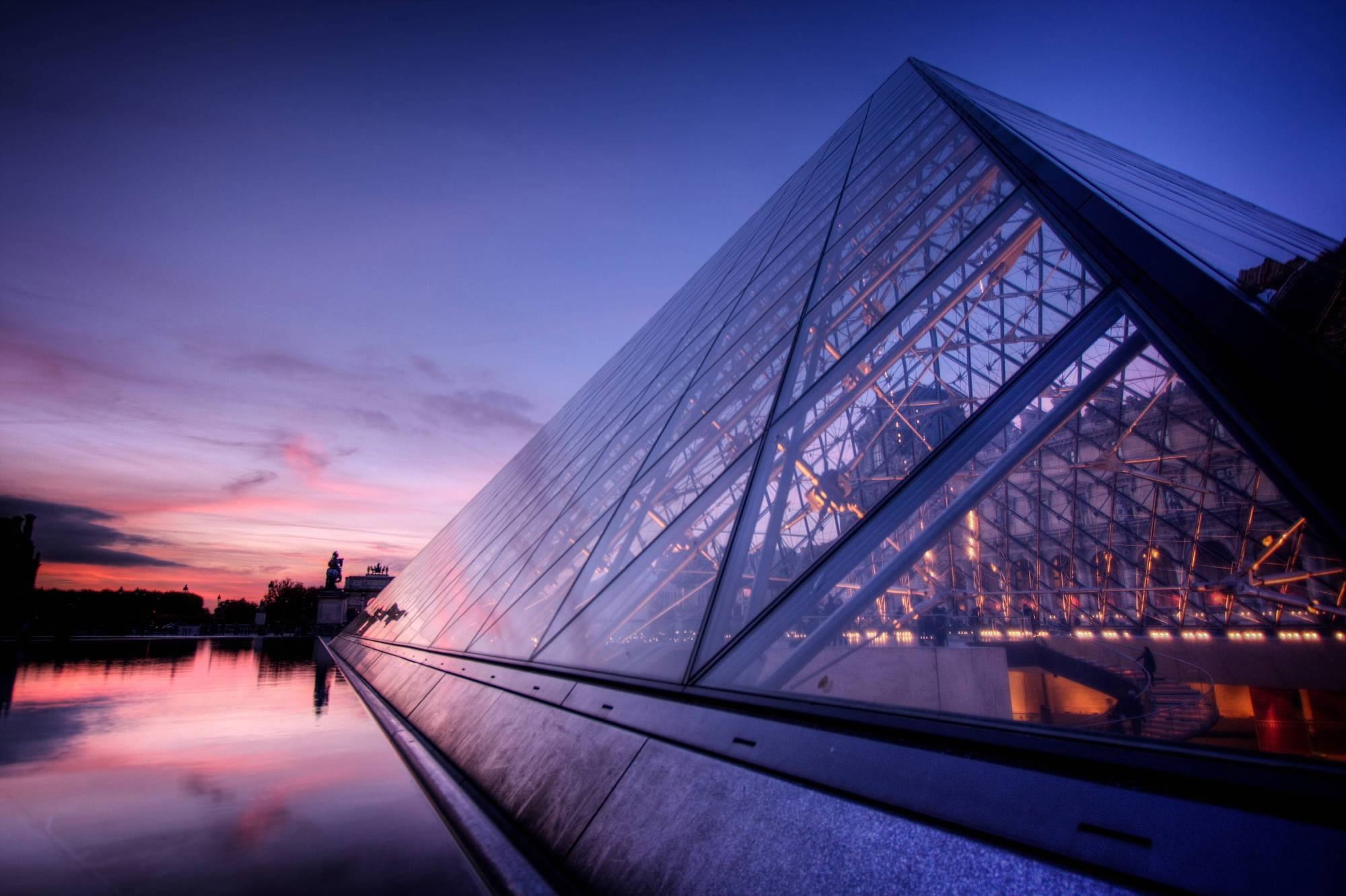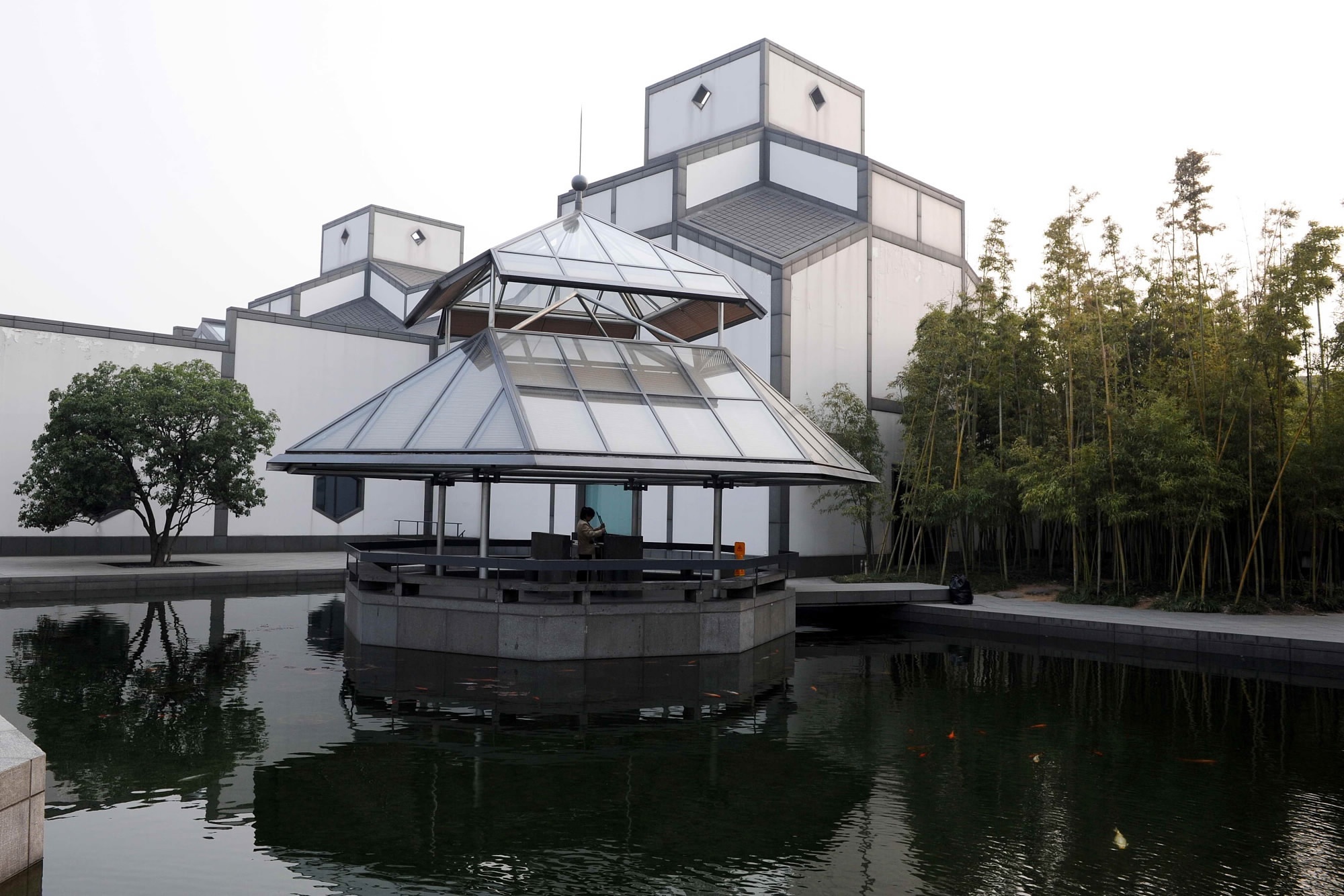Prestigious Chinese-America architect Ieoh Ming Pei celebrated his 100th birthday on Wednesday. The architect of modernism has been hailed as a master of geometric form, technical transparency, and poetic landscape with his iconic architectures.

Chinese-America architect Ieoh Ming Pei /VCG Photo
Born in Guangzhou on April 26, 1917, Pei, the son of a banker, grew up in Hong Kong and Shanghai.
He studied architecture at the University of Pennsylvania, Massachusetts Institute of Technology and Harvard in the United States and became the student of Walter Gropius, founder of the Bauhaus School and Marcel Breuer, one of the fathers of modernism.
Pei, as a modernist with some cubist elements, combines traditional architectural elements with progressive designs based on simple geometric patterns.

The glass-and-steel pyramid for the Musée du Louvre in Paris /VCG Photo
He was involved in controversy when he designed a glass-and-steel pyramid for the Musée du Louvre in Paris from 1983 to 1993.
Despite severe criticism and query in the past by critics and public, pyramid for the Musée du Louvre now is regarded as a well-loved architectural and cultural marvel currently.
In 1975, the Chinese-born architect designed a hotel at Fragrant Hills which based on some simple but nuanced techniques in traditional residential Chinese buildings. Among these techniques were abundant gardens, integration with nature, and consideration of the relationship between enclosure and opening.

Interior of Suzhou Museum /VCG Photo
Inaugurated on October 6, 2006, the new Suzhou Museum was the last design of Pei's career. Therefore, not only is this a monumental design in Suzhou, but it is also a significant construction, merging the traditional Chinese architectural design with the future.
Pei has won a wide variety of prizes and awards in the field of architecture. In 1983, he was awarded the Pritzker Prize - equivalent of the Nobel of architecture - for his architecture the Metropolitan Museum of Art.









